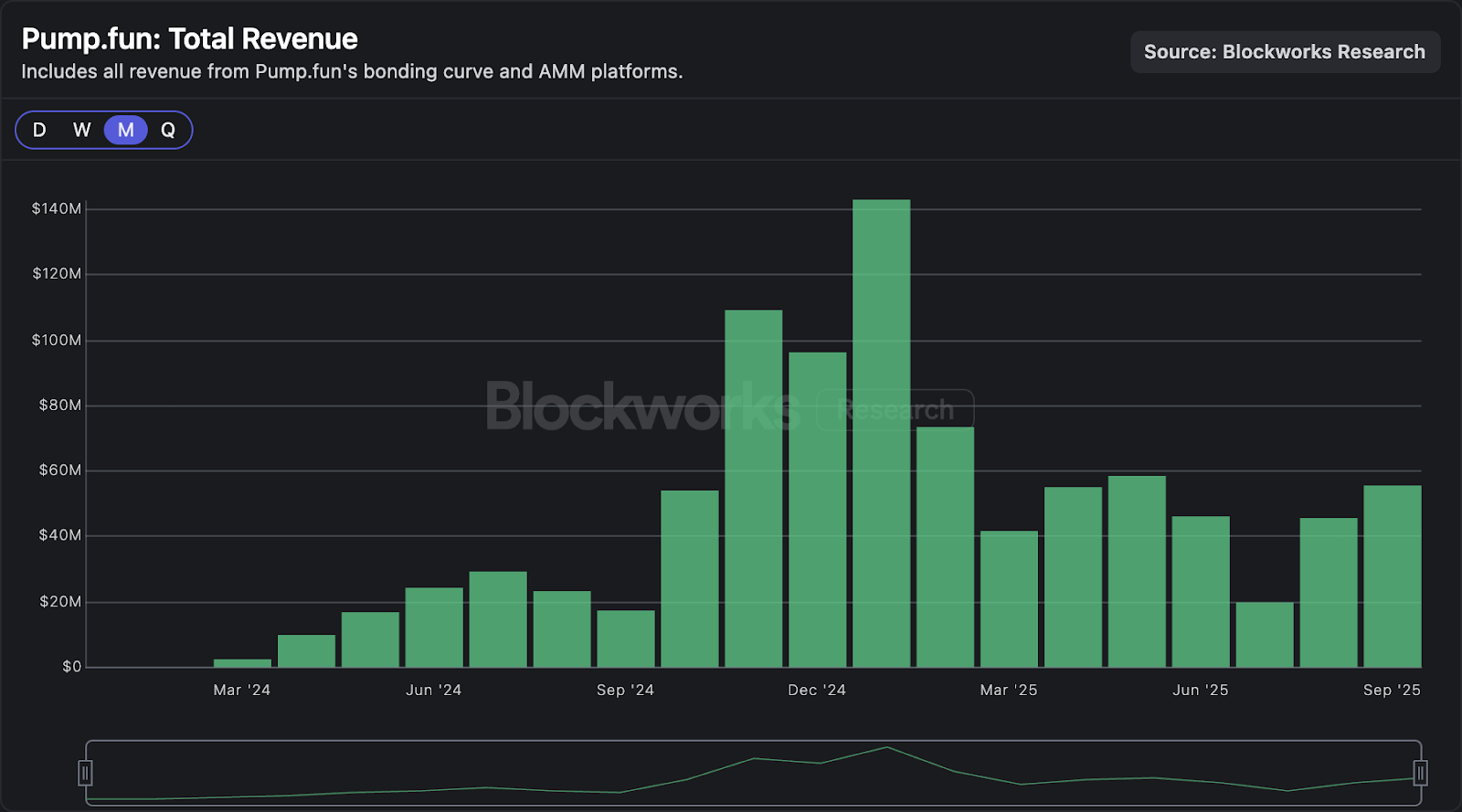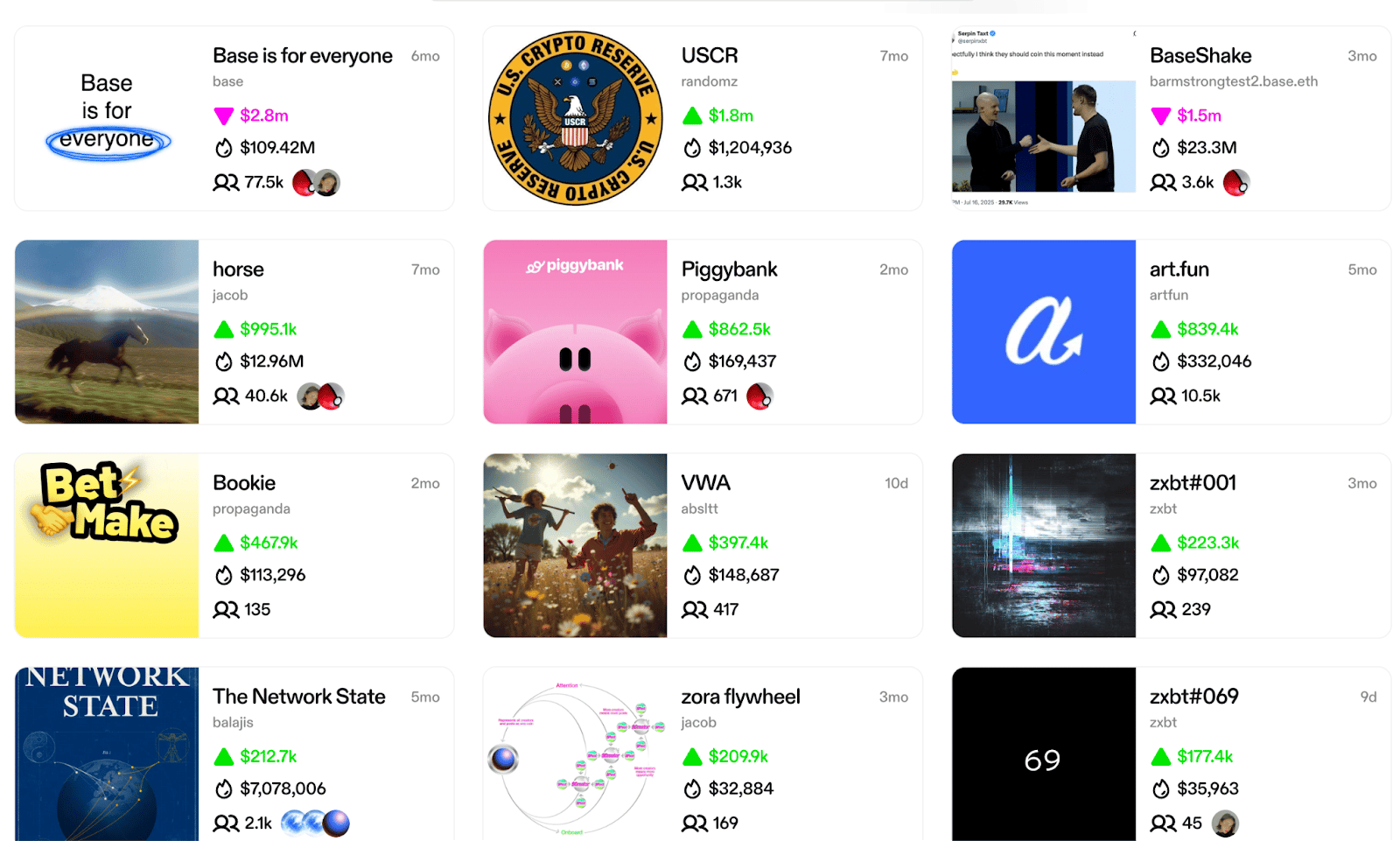- The Drop
- Posts
- 🔴 Going live
🔴 Going live
Crypto’s app layer spawns new meta

Brought to you by:
Stripe unveiled a new feature to its digital payments flow that lets you pay for recurring subscriptions with USDC by connecting a self-custodied wallet like Phantom or MetaMask.
The company says 30% of its millions of business clients rely on recurring payments or subscription-based charges as part of their revenue models.
Subscriptions are key for software companies as well as AI companies, meaning this could help Stripe and its clients tap into more revenue by enabling convenient stablecoin payments.
But the new option isn’t just for fun or the novelty of paying in stablecoins: Stripe says stablecoin transactions cost half as much as other cross-border payment methods.
Today we’re looking at another emerging crypto trend: tokenized livestreaming.

Peeling back the layers of crypto livestreaming
Crypto’s seeing renewed interest in livestreaming right now. But who will last long term — and who will fizzle out?
If you’re not looking at X, Twitch, YouTube, Kick, or other Web2 options, Pumpfun, Zora, and The Arena are probably the best contenders for a crypto-powered alternative these days. There’s also Abstract, but you have to be invited or apply to stream with them.
So far, Pump appears to be winning. But the rise of BNB memecoin platforms like FourMeme has lately stolen some of its spotlight, and Pump’s token is down 50% in the past month.
From a quick glance alone, I found over two dozen Pump livestreams with market caps over $100K. Streaming there can indeed be profitable for creators.
Pump saw about $55 million in total revenue last month, which is slightly higher than its summer totals but still down significantly from its surge early this year.

Pump has also seen $98.65 million in total creator fees since its inception in early 2024, per Blockworks Research, and over $982 million in total revenue since it began.
While not a perfect comparison, Twitch reportedly saw about $1.8 billion in revenue in 2024, according to Business of Apps.
This means that Pump is still smaller than Twitch from a revenue standpoint, but it’s punching well above its weight considering Twitch has been around for 14 years and is owned by Amazon.
Pump has seen roughly $578 million in total revenue this year so far — which is nearly double Twitch’s total revenue in 2017.
Could others take Pump’s crown as the ultimate crypto platform for livestreaming?
I’m not so sure any rivals will see enough of a surge to beat Pump’s revenue numbers anytime soon — but it’s not for lack of trying.
Zora’s livestreaming push
ZORA has surged more than 83% in the past week since its Robinhood listing, with a market cap of roughly $400 million and an FDV of over $987 million.
And while a livestreaming feature has been hinted at previously, ZORA’s up 15% since the team confirmed two days ago that a livestreaming function is indeed coming soon.
Zora co-founder Jacob Horne explained that the Live feature is currently invite-only as the team tests it.
We're having fun with the initial rollout of our new Live feature on @zora.
It's invite only right now and we're already getting great feedback.
Expect a lot of improvements in the near future as we continue to build the most powerful app for creators in all of crypto.
— $jacob (@js_horne)
4:27 PM • Oct 14, 2025
Zora’s revenue is still far behind Pump. Its highest month ever was Q3 this year, where it saw over $2.7 million across a three-month period.
Can you compare Zora “content coins” and “creator coins” to Pump memecoins? I think so. The two are basically interchangeable in terms of form and function, with most Zora coins representing little more than a meme, an idea, or a way to support a person.
In terms of activity, Zora has been consistently seeing around 10,000 accounts posting daily on its platform, Blockworks Research data shows. This suggests Zora’s active user base is at least that, though it’s unclear how many more traders it has than creators.

I’d argue that Zora really needs livestreaming to help it stay in the game. Sure, it has a friendlier, slightly more aesthetic and slightly less degen vibe than Pump, but it’s still competing with Pump for attention.

Of the top 12 most valuable Zora posts by market cap as of Wednesday morning, three were created by either Horne himself or Base. Only one or two actually represent art, suggesting art itself is not what’s appealing to traders on the platform.
Interest in starting a new Zora account fell dramatically in September after its August surge. Over 57,000 new creator coins were launched, which is an indicator of the number of new accounts created that month.
When considering this number alongside Zora’s roughly 10,000 daily active posters, it looks like many users may be coming to Zora to set up shop but not really sticking around to post.
So are these inactive Zora users waiting for an incentive to come back — or are they just too busy on other platforms?
Enter The Arena
The Arena is another crypto social platform where creators are effectively tokenized (you can buy a creator’s “tickets”) and livestreaming plays a big role. This one uses its own token plus AVAX, neither of which have been doing so well these days.
The Arena began as StarsArena, a Friendtech-like tool.
It saw spikes in activity in early 2024 and late 2024 as Crypto Twitter found novelty in trading “shares” or “tickets” of one another.
Creators have made over $1.8 million from The Arena since its inception, per Dune data, a far cry from Pump’s $98 million in total creator fees.
What I like about The Arena right now is that it’s basically a Twitter dupe that lets you post to both The Arena and Twitter with the click of a button, and discoverability appears high right now as it’s not all that saturated with creators like Twitter and other platforms.
While The Arena is a small fish in a big pond, it appears to have carved out a small corner of crypto for itself, catering to AVAX holders and smaller creators.
While SOL is up 25% in the past year, AVAX is down roughly the same amount.
To use a chess metaphor, Pump is the king on the board — a status I doubt it’ll cede anytime soon.
But Zora, as perhaps the bishop, has the chance to make big moves quickly and could swipe more of Pump’s audience.
In this metaphor The Arena is the pawn, taking smaller steps forward against token price adversity. But it’s also the underdog, if you prefer to think of it that way.
While there are other crypto streaming platforms out there, I think these three are the ones to watch.
Will this livestreaming trend last? I think so, considering Twitch’s continued growth and the broader continued rise of independent creator platforms like Substack, Beehiiv, Patreon, OnlyFans and others.
But things can change fast. It’s crypto, after all.
Brought to you by:
Katana was built by answering a core question: What if a chain contributed revenue back into the ecosystem to drive growth and yield?
We direct revenue back to DeFi participants for consistently higher yields.
Katana is pioneering concepts like Productive TVL (the portion of assets are actually doing work), Chain Owned Liquidity (permanent liquidity owned by Katana to maintain stability), and VaultBridge (putting bridged assets to work generating extra yield for active participants).
DAS LONDON: Tune in live at @blockworksdas

Zynga and @ogprotocol founder @jtwald explains why crypto gaming has failed thus far:
"We're asking game developers for too much."
— Kate Irwin (@pixiekate13)
11:19 PM • Oct 14, 2025
Love The Drop? Take our quick reader survey!
1. Where do you work? |
2. What's your level of crypto knowledge? |


